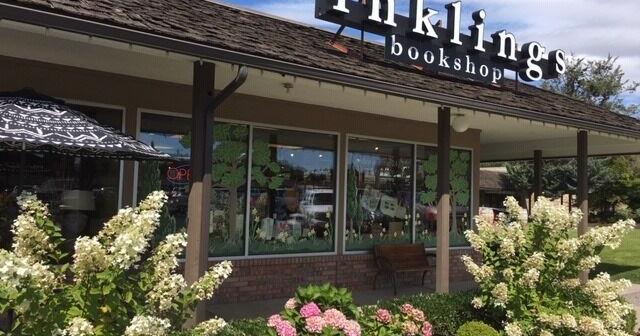Taylor Jenkins Reid has a recipe for a perfect page-turning beach read: compelling and complex characters, a strong sense of place, ticking timers, dual timelines and chapter-ending cliff-hangers that keep the plot moving.
Her latest, “Atmosphere: A Love Story,” follows astrophysics professor Joan Goodwin and pilot Vanessa Ford in the 1980s space shuttle program.
The book opens with an on-flight disaster in a 1984 shuttle launch and cuts back and forth between their race-against-the clock to get home and their journey through the space program that brought them to this moment.
If the shuttle catastrophe in the opening scene isn’t enough to keep the pages turning, there’s also some major family drama, specifically with Joan’s volatile sister Barbara and Barbara’s daughter, Frances. Joan’s beloved niece is just as intelligent and compassionate as her aunt, and as a cool auntie myself, I loved seeing this special relationship portrayed on the page.
Whether readers think the “love story” of the title refers to Joan’s scientific love story with space, Joan’s familial love story with Frances or Joan’s romantic love story with her partner, they’ll find the emotional core of the story equally balanced with the high-octane action.
I enjoyed “Atmosphere,” but wanted more, so I picked up two books to explore the historical background of this fictional story: “The Six: The Extraordinary Story of the Grit and Daring of America’s First Women Astronauts,” by Loren Grush and “Challenger: A True Story of Heroism and Disaster on the Edge of Space,” by Adam Higginbotham.
In “The Six,” journalist Grush offers an extended profile of the first six women astronauts that NASA admitted into the astronaut corps in 1978: Sally Ride, Judy Resnik, Kathryn Sullivan, Anna Fisher, Rhea Seddon and Shannon Lucid. Grush focuses on the lives of these women– their triumphs and tragedies, professional and personal.
These intertwined stories are at times celebratory and inspirational, and at other times tragic and enraging. Grush elucidates the sexism these women faced in their work: navigating the unending tide of crude jokes, making do the best they could with equipment made for men, denying themselves any maternity leave so as not to lose mission time.
NASA designed a makeup kit for Sally Ride’s first flight to space (which she refused, because seriously who has the time?!), and yet they never thought to design women’s space suits with actual women’s measurements.
But I think Higginbotham reveals the most devastating instance of sexism from that season at NASA. After the explosion, NASA offered Judy Resnik’s family a smaller settlement than all the other casualties. The organization said Resnik was unmarried and child-free, and there weren’t dependents who would need financial support. But offering a lower settlement communicates that single, child-free women are less valuable than everyone else.
After a lawsuit, NASA was compelled to offer an equitable settlement to the surviving Resnik family, but this budget-induced shortcut might be the worst of all of them.
Throughout “Challenger,” journalist Higginbotham puts one of NASA’s darkest moments under a microscope and offers a nuanced post-mortem of the Challenger explosion (Jan. 28, 1986) and death of the seven-person crew.
While he eviscerates the systems that led to many fatal compromises, he also humanizes the large cast of characters orbiting the explosion, “demonstrating an unflinching ability to pierce through politics, power and bureaucracies with laser-sharp focus,” as Alice Clary wrote in Bookpage.
After getting acclimated to the lingo and cast of characters, “Challenger” genuinely reads like a thriller, and The New York Times named it one of the most notable books of 2024.
Pick up this “book flight” about space flights for summer reading!
• Alicia McClintic is a book seller at Inklings Bookshop. She and other Inklings staffers review books in this space every week.
